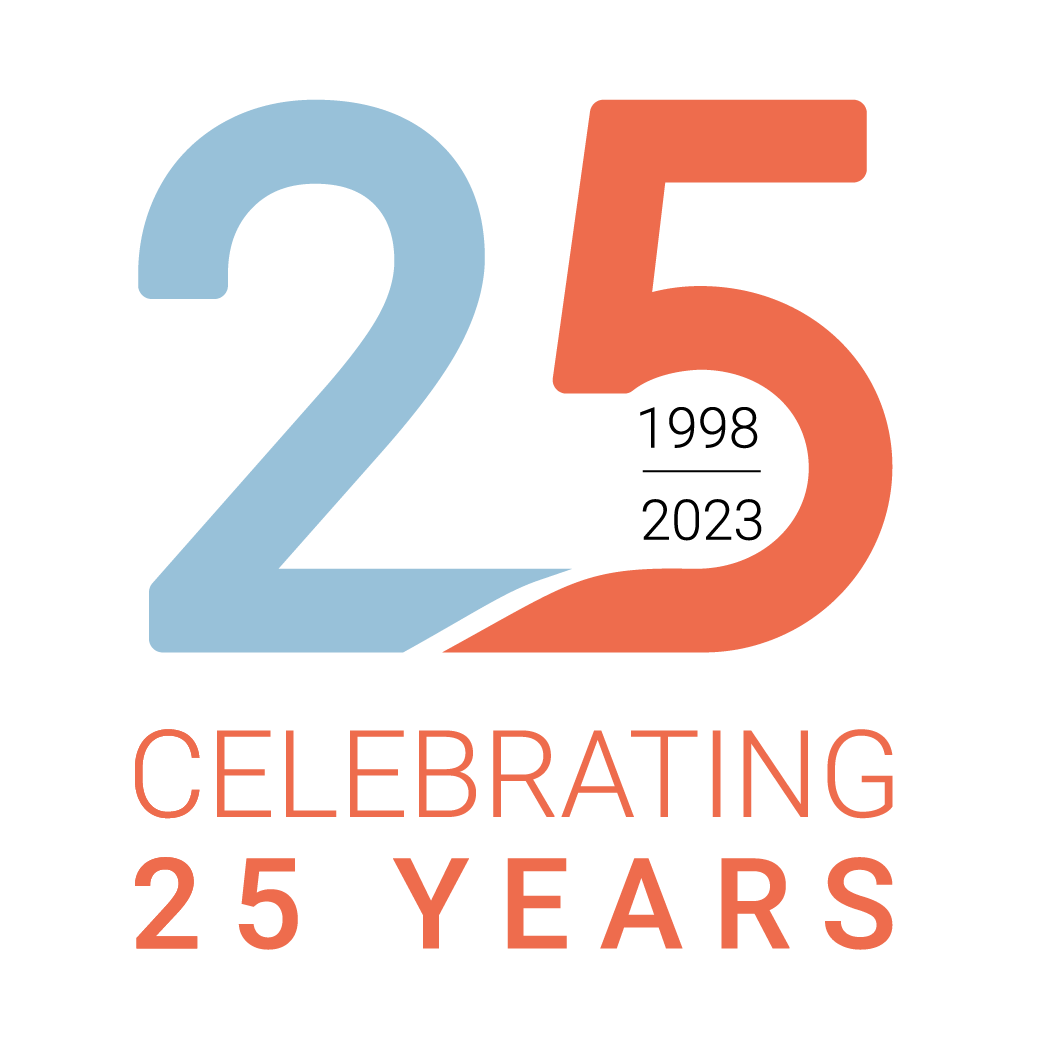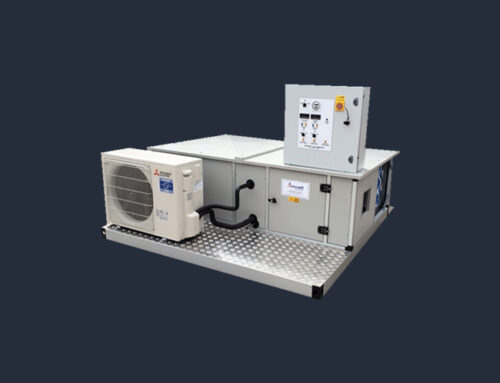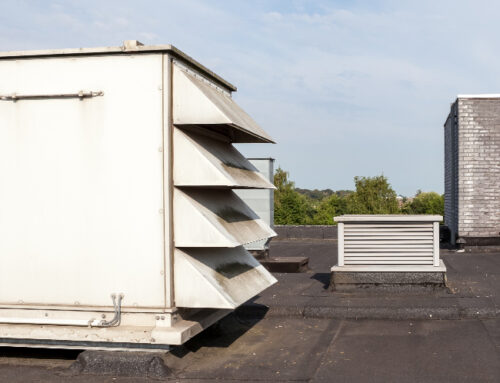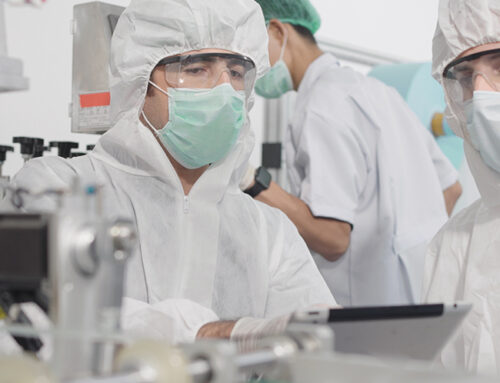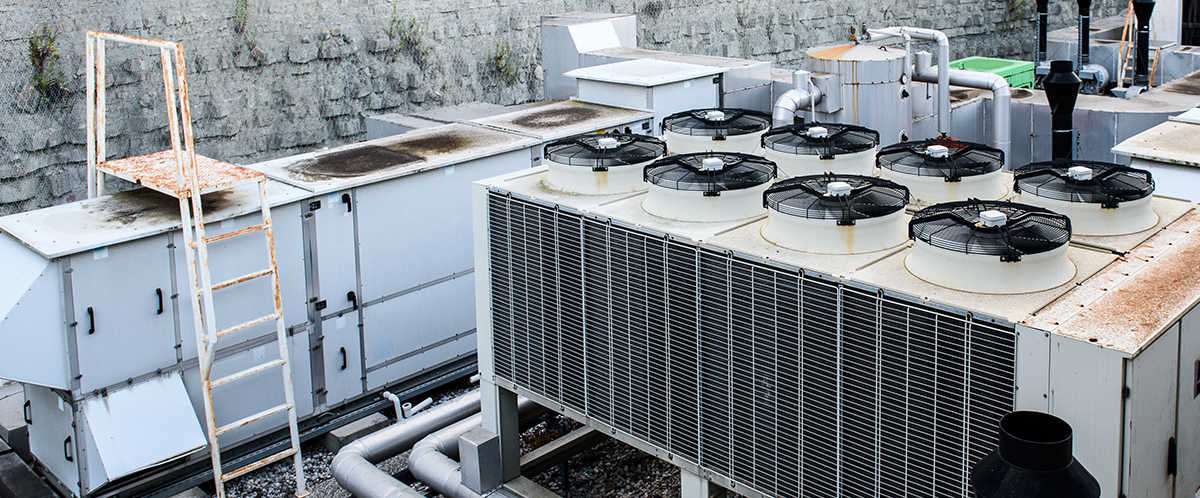
Refurbishment
Well-designed and manufactured Air Handling Units (AHUs) can have a potential life expectancy of around twenty years when correctly maintained. However, along the way, there are some items that may need replacement due to their usage, typically these could be coils, fans, gas heaters, thermal wheels, and recuperators. In some cases, an AHU will need a supply of hot or chilled water for thermal transfer with the incoming air. In areas of hard water, pipework and coils within the AHU are likely to experience limescale build-up, causing problems, potential damage and reducing their effectiveness.
In most cases, all of the above can be dealt with under a refurbishment plan, AirCraft Air Handling have experience in working with our own legacy AHUs and units from other manufacturers. We can refurbish the worn or damaged component parts or supply any replacement items needed. In some cases, we can also help with AHU’s manufactured by defunct manufacturers.
Replacement
When an aging AHU becomes non-economical to repair or refurbish, now could be the time to plan a replacement. Apart from the life cycle benefits associated with new equipment, there can be tangible gains from lower energy consumption, lower noise levels improved output performance and in some cases compliance to changing legislative requirements. There is also an option to specify a system that fully integrates with a building management system (BMS).
In either a refurbishment or replacement AHU project, Aircraft Air Handling can help, it could even start with a site survey to discuss the various options. We would take this opportunity to review the performance requirements based on contemporary conditions – i.e. cooling coils were typically sized on a 26°C summer temperature however, today you would consider 30°C, or even 32°C in London for instance to future proof the performance of the units to match its projected lifespan. We would also evaluate the airflow rate to meet latest occupancy levels of the building – reducing airflow if there are fewer people to save energy, and increasing airflow where more people are present to improve ventilation rate.

